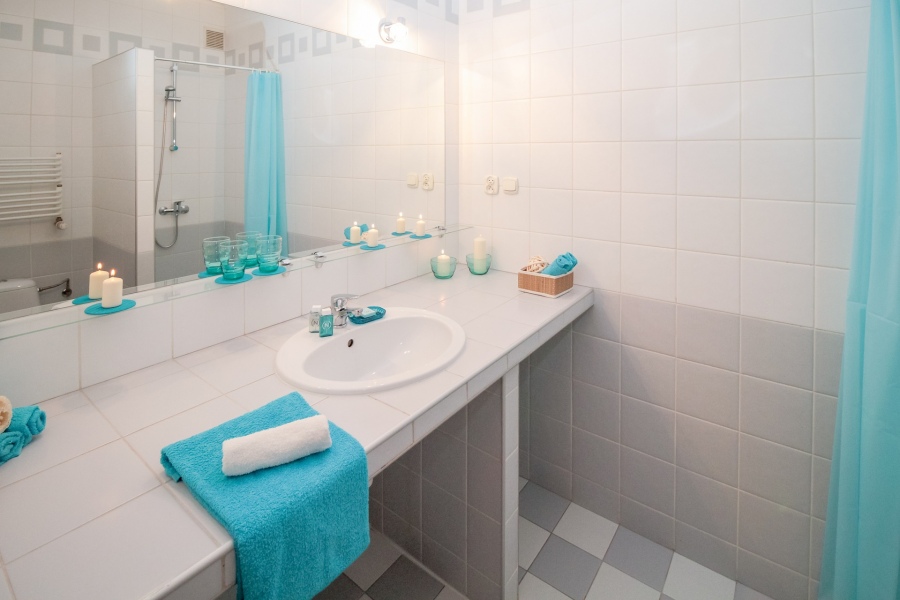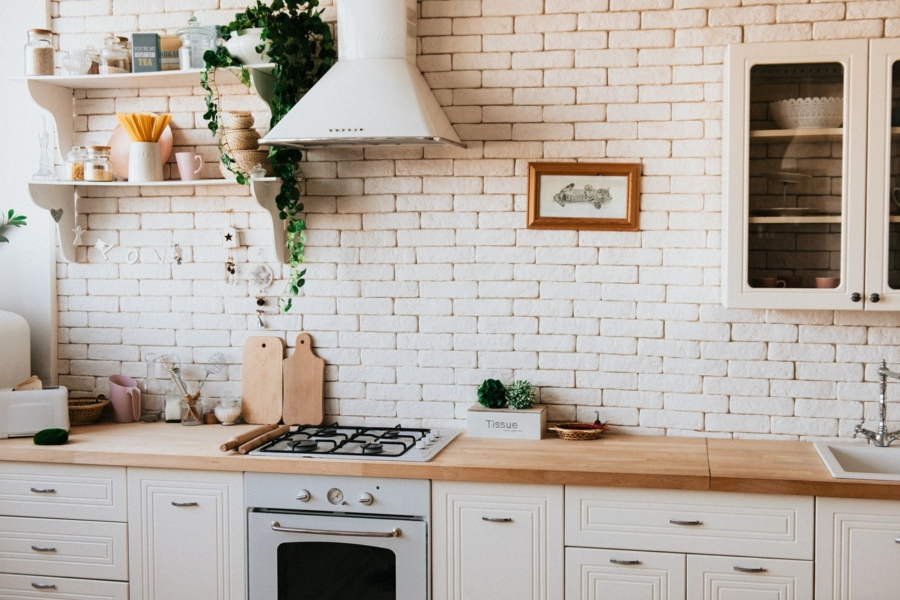Our households are usually very wasteful. We waste money on different kinds of expensive products and create a lot of waste that seldomly can be recycled. One of the biggest issues comes from the bathroom where daily we use a lot of water, but at the same time, we waste even more.
Can that be prevented? If you’re a passionate money saver, with a couple of easy tricks you can renovate your bathroom into a more economic one.
1. Use Bathroom Supplies Cautiously
Whether we notice this or not, we carelessly spend all of our bathroom supplies like there’s no tomorrow. The more you waste the more you need to buy, which directly affects your budget. Is there a solution?
Use less, but how? Believe it or not, many people use twice as much shampoo and conditioner than they actually need. Did you know that amount of the toothpaste you need for one proper brush is actually pea-sized? Cut down the use, if you want the products to last longer. Besides, the effect doesn’t depend on the quantity of the products you spend with each use.
2. Buy Supplies in Bulk
No matter how hard we try to save the products we use in the bathroom, from time to time we will need to restock our shelves and refill the supplies. Besides spending money on the products for your bathroom, you spend your precious time and car gas with each trip to the store.
Instead of buying smaller packages, opt for the larger ones. Buy necessities in bulk. Isn’t that more expensive? In fact, it isn’t. Once you compare and calculate the price of the smaller and larger packages, you’ll see that by the end of the month, bulk-buying saves you money and gas. Additionally, larger packs are usually on sale which contributes to the math.
3. Save Water with each Flush
Not many households have the luxury of the dual and low flush toilets. Even though they are better ecologically and economically, installing a completely new toilet while the one you have is functional and fine is pretty wasteful. Instead, save the water you flush.
One of the most effective ways to do so is by adjusting the floater in the toilet cistern. Simply, open up the toilet cistern and use the adjustment screw to adjust the floater. The adjustment screw can usually be found on top of the fill valve. In case you don’t have an adjustment screw, take a bottle and fill it up with water. Place it in the tank, and you’ll use less water with each flush. These methods save money and water.
4. Save on Cleaning Supplies
Everybody knows how expensive cleaning supplies are, especially if they’re branded. Besides that, many cleaning chemicals are not multi-purpose, which means that they can only be used for one type of surface in the bathroom or kitchen. If you want to save money, you can buy non-branded cleaning supplies.
To take it a step further, you can use ingredients you already have at home for special DIY cleaning recipes. They are not only chemical-free but also can be used for different types of surfaces. Plus, they are at least as equally effective as the store-bought ones.
5. Catch on early Signs of Water and Plumbing Issues
It’s commonly known that short showers are more economical than longer bubble baths, as showers spend way less water. However, if you want to be able to shower at all, you must cautiously search for any warning signs that the system providing hot water is failing.
Those warning signs include popping and cracking noises, leaking water, pilot light going off or rusty coloured water. Before a catastrophe or emergency happens, you should get a hot water service. For your own safety, contact professionals who know how to handle such situations. Get maintenance on time and save money on new pipes or completely new bathroom elements.
6. Fix Leaking Faucets
At some point, every household had at least one leaky tap. The sound of leaking water can be extremely annoying and irritating. If that’s not enough motivation to get it fixed, think about the money. Did you know that an average household with a leaky bathroom faucet can fill an entire Olympic pool with the water wasted by the end of the year?
To save money, you should repair the leaking faucet without replacing it. You don’t need to be a handyman or to do bathroom renovations to get this done. The only things you need are a couple of tools and goodwill to finish the job.
Conclusion
As you can see, little changes can make a big impact. Even though you may not notice how much money you spend, once you decide to save money, you’ll see a huge difference. All you need is patience, the result will be there sooner or later. You can apply this principle to the other rooms of your house and watch your household turn into a more economic and money-saving one.





